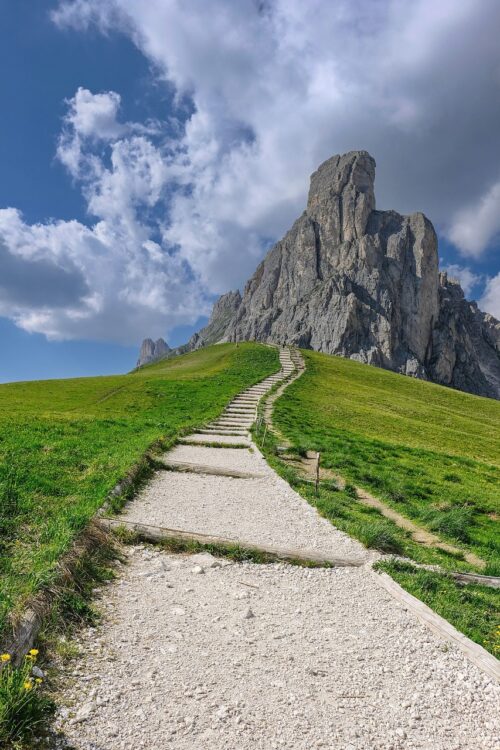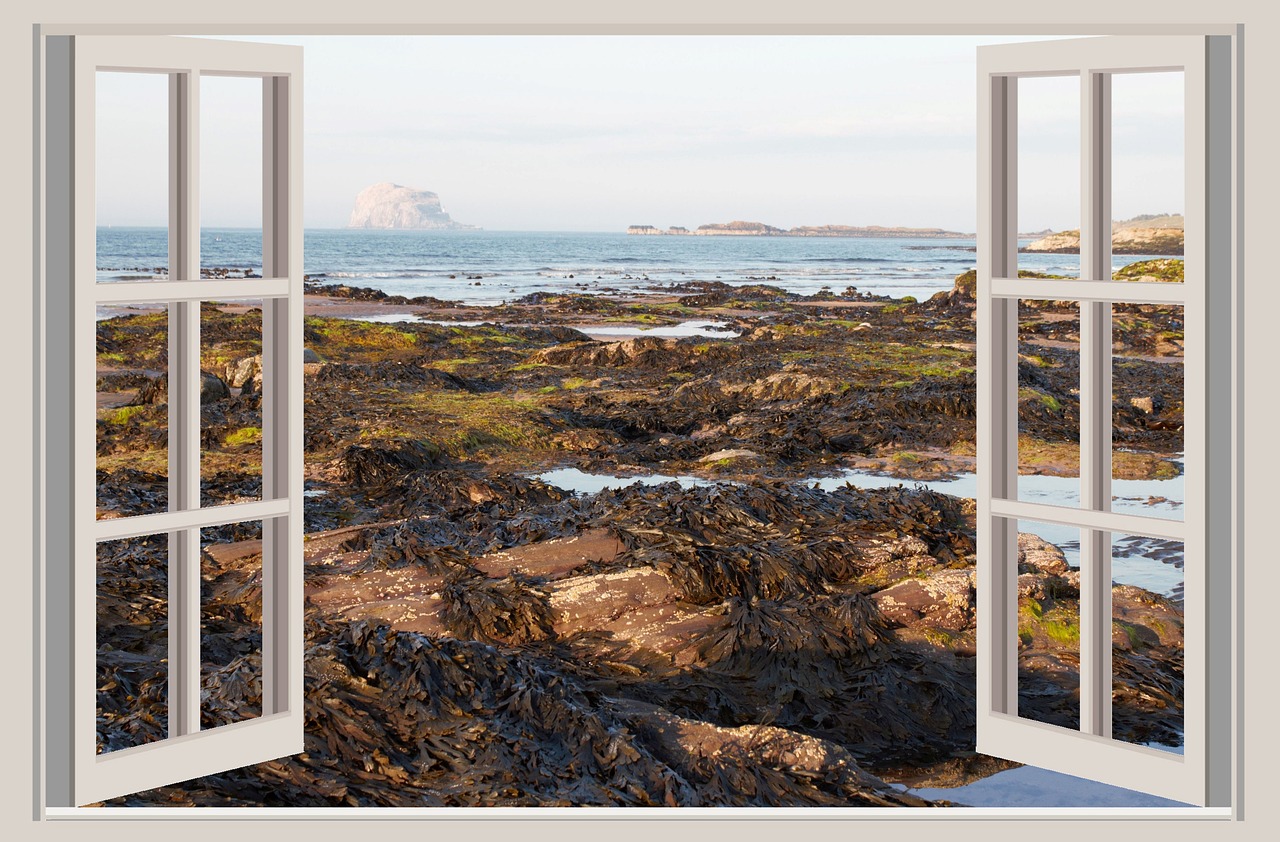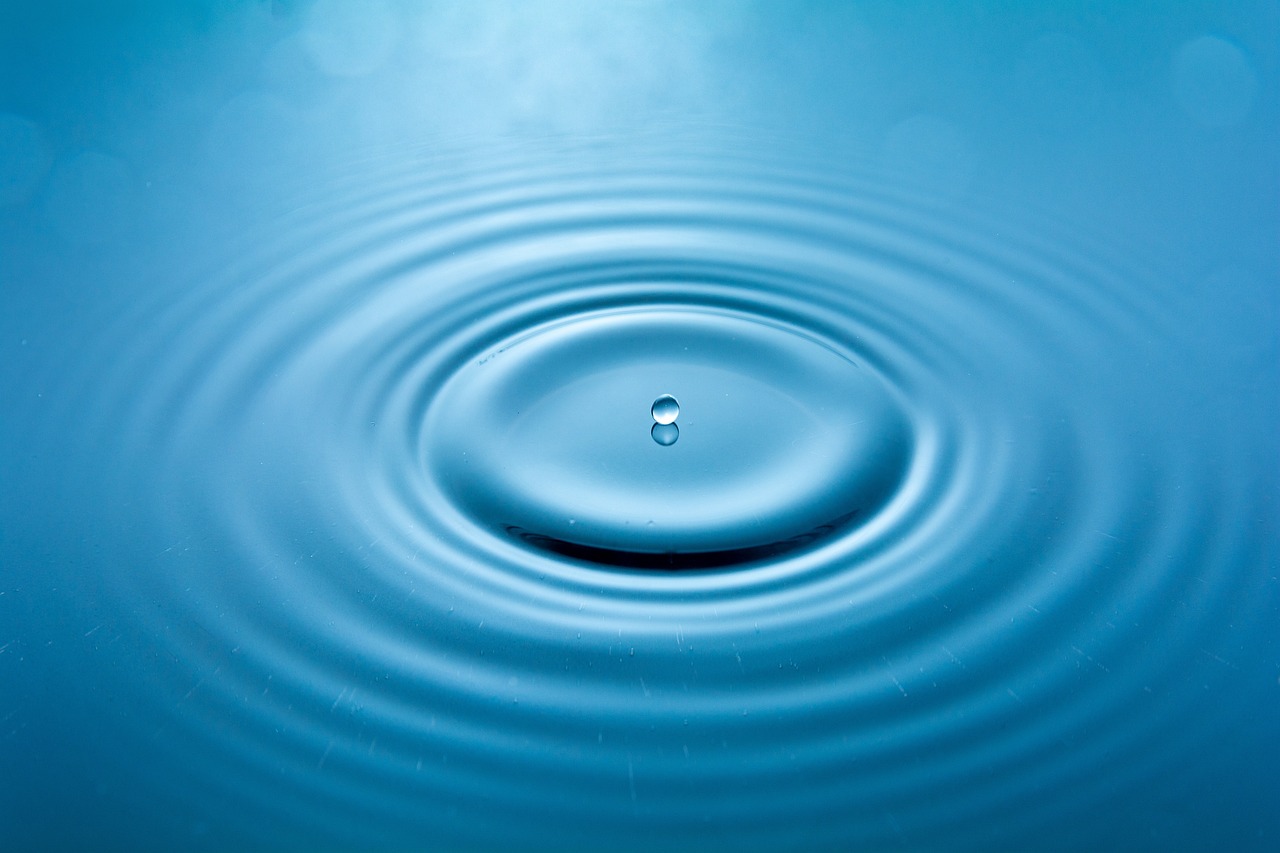The Compass Within: Walking Through Life with Heart–Brain Coherence
Decisions made in the rush of everyday life are frequently the result of automatic responses—snap decisions influenced by stress, prior experiences, or outside forces.
How to create more space in Life for decisions that are more aligned with what really brings you Joy?
In this article I have combined knowledge from MBA Creativity innovation and change course, Holistic coaching, Heartmath and personal experience. The result is Clarity compass. An approach that can support you make decisions that bring you inner peace.
Transitioning from Reactivity to Free Will
Stress and emotional triggers frequently cause reactivity, which results in impulsive rather than deliberate decision-making. Achieving heart-brain coherence promotes calmness in trying circumstances by lessening the negative effects of stresses on the body and mind.
You can develop mental clarity and emotional stability by using coherence techniques, which enable you to make decisions that are consistent with your actual goals and values.
So often we seek direction, answers, guidance, a way forward.
The outward ideas can help us perhaps gain clarity and more information on the topic.
Your clarity compass is within you. It requires having patience and self-compassion to sit with yourself and contemplate what matters to you, what is going on inside you.
I have read somewhere that contemplate actually means residing in your own temple. The temple of my heart-brain connection. I loved this explanation.
While on my summer vacation last year, I came across a little shop on the island Vis in Croatia. Before I went on vacation I promised myself I will get myself a new pendant. Somehow, the circumstances led me to this small store, where I was able to get what I wanted in less than five minutes. These circumstances alone would make for a fantastic story, but that is not what I am writing here. This necklace with a north star pendant is located near my heart. This now serves as my compass for decision-making.
The Clarity Compass is not a formula—it’s a gentle unfolding.
It invites you to align first… then act. It is a guideline and reminder how to make choices that get you more inner peace with decisions you make.
Step 1: Clarify Intent
What do you truly want?
Let your longing speak without judgment. Let it lead.
Step 2: Gather & Incubate
Be open. Let ideas and insights arrive softly.
Loosen your grip on “how.” Just be curious.
Step 3: Generate & Play
Stretch, play, imagine.
This is where creativity lives—free from outcome, rich with possibility.
Step 4: Evaluate & Balance
Return to center.
Ask: What feels most aligned? What honors the whole of me?
Step 5: Decide & Act
When mind and heart are coherent, your action becomes sacred.
It is no longer rushed. It is clear. It is yours.
Heart–Brain Coherence
This is the true north star .
The place where doing flows from being.
Where peace meets momentum.
Before the next step… pause.
Breathe.
Align.
Then move forward with heart.
What Is Heart-Brain Coherence?
Heart-brain coherence refers to a harmonious state where the heart’s rhythmic patterns synchronize with brainwave activity. This alignment enhances emotional regulation, cognitive function, and overall well-being. Practices like heart-focused breathing and cultivating positive emotions can foster this coherence, leading to improved focus, clarity, and decision-making abilities.
Integrating Evidence-Based Decision-Making
Drawing from frameworks like the Open University MBA, effective decision-making involves a structured approach:
- Problem Identification: Recognizing a problem or opportunity.
- Information Gathering: Collecting relevant data and information.
- Alternatives Generation: Developing various possible solutions.
- Analysis: Evaluating each alternative using data, models, or intuition.
- Decision Making: Choosing the best solution.
- Implementation: Putting the chosen solution into action.
- Evaluation and Feedback: Monitoring the results and adjusting if needed.
This structured approach, combined with heart-brain coherence, ensures decisions are both informed and aligned with personal values.
The Role of Decisional Balance
Incorporating Margaret Moore’s Holistic Coaching approach, the concept of decisional balance plays a crucial role in understanding motivation and facilitating change. This technique involves:
- Identifying Pros and Cons: Assessing the benefits and drawbacks of a decision.
- Exploring Values Alignment: Ensuring the decision aligns with personal values and long-term goals.
- Recognizing Emotional Drivers: Understanding the emotional factors influencing the decision-making process.
By guiding clients through this process, coaches can help individuals gain clarity, reduce ambivalence, and make choices that are congruent with their authentic selves.
The Incubation Phase in Decision-Making
An essential component of the Open University MBA’s decision-making framework is the incubation phase. This phase involves:
- Allowing Time for Reflection: Stepping away from the problem to let subconscious processing occur.
- Encouraging Creativity: Engaging in activities that stimulate creative thinking and problem-solving.
- Seeking Diverse Perspectives: Consulting with others to gain different viewpoints and insights.
By incorporating this incubation phase, individuals can enhance their decision-making process, leading to more innovative and effective solutions.
Practical Steps to Cultivate Coherence
- Heart-Focused Breathing: Sit comfortably, focus on your heart area, and breathe slowly and deeply, imagining each breath flowing in and out of your heart.
- Positive Emotions: Cultivate feelings of gratitude, appreciation, or love. Reflect on positive aspects of your life or envision a peaceful scenario.
- Regular Practice: Engage in these practices daily to strengthen the heart-brain connection and enhance coherence.
The clarity compass is already within you, but sometimes we all need a witness to our thoughts and wording or someone who can support you through this process.
From sept 24- june 25 every Monday I would run a Monday online 30 min heart-brain coherence practice group and on Tuesdays in person Mindful motherhood group. Participants of both groups found it really beneficial in keeping the commitment to practices that enhance coherence and their relationships got better.
If you would like also such support in the process, contact me to get more information on the group or individual guided practice.
 With warmth, Be
With warmth, Be

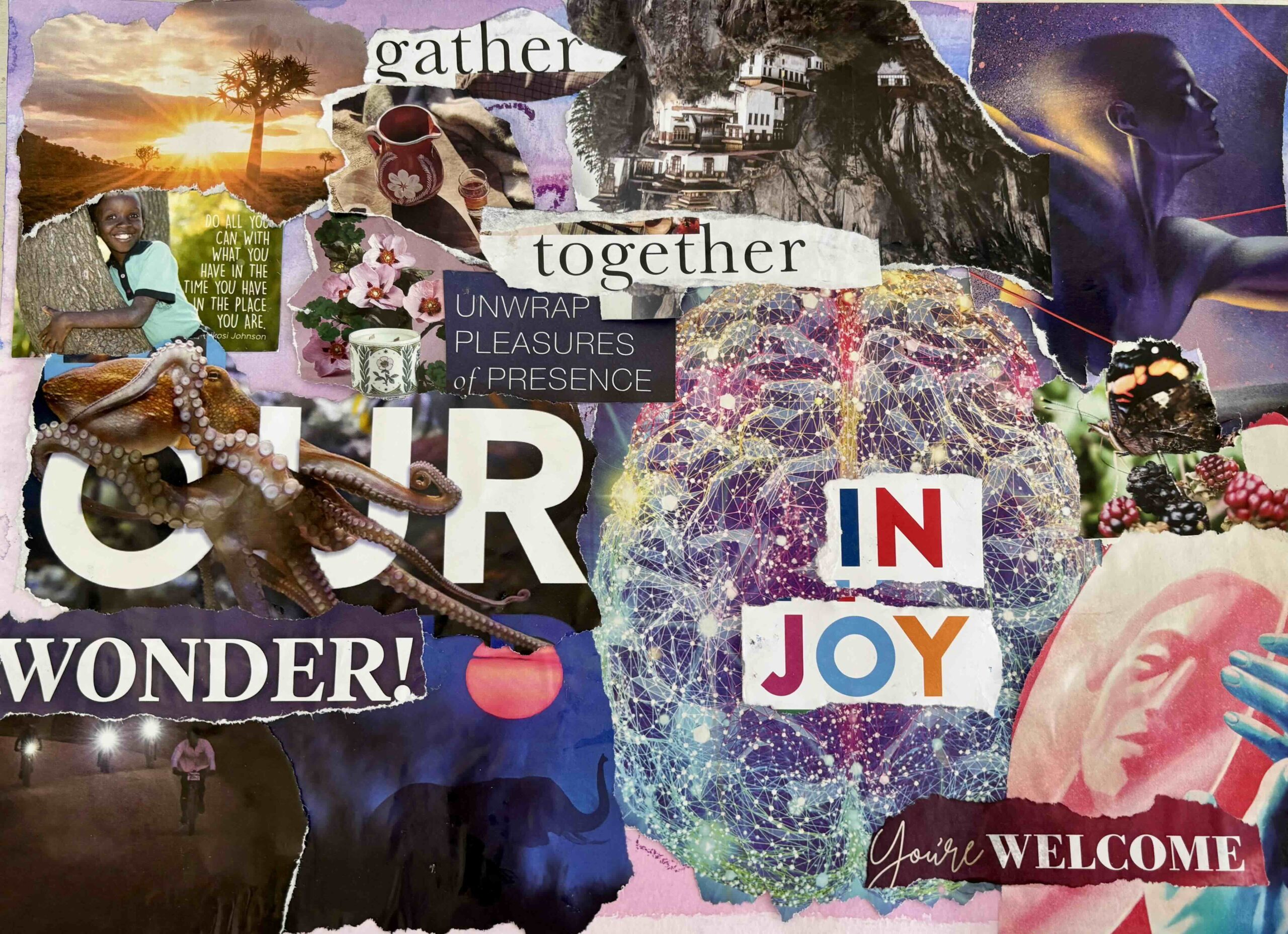
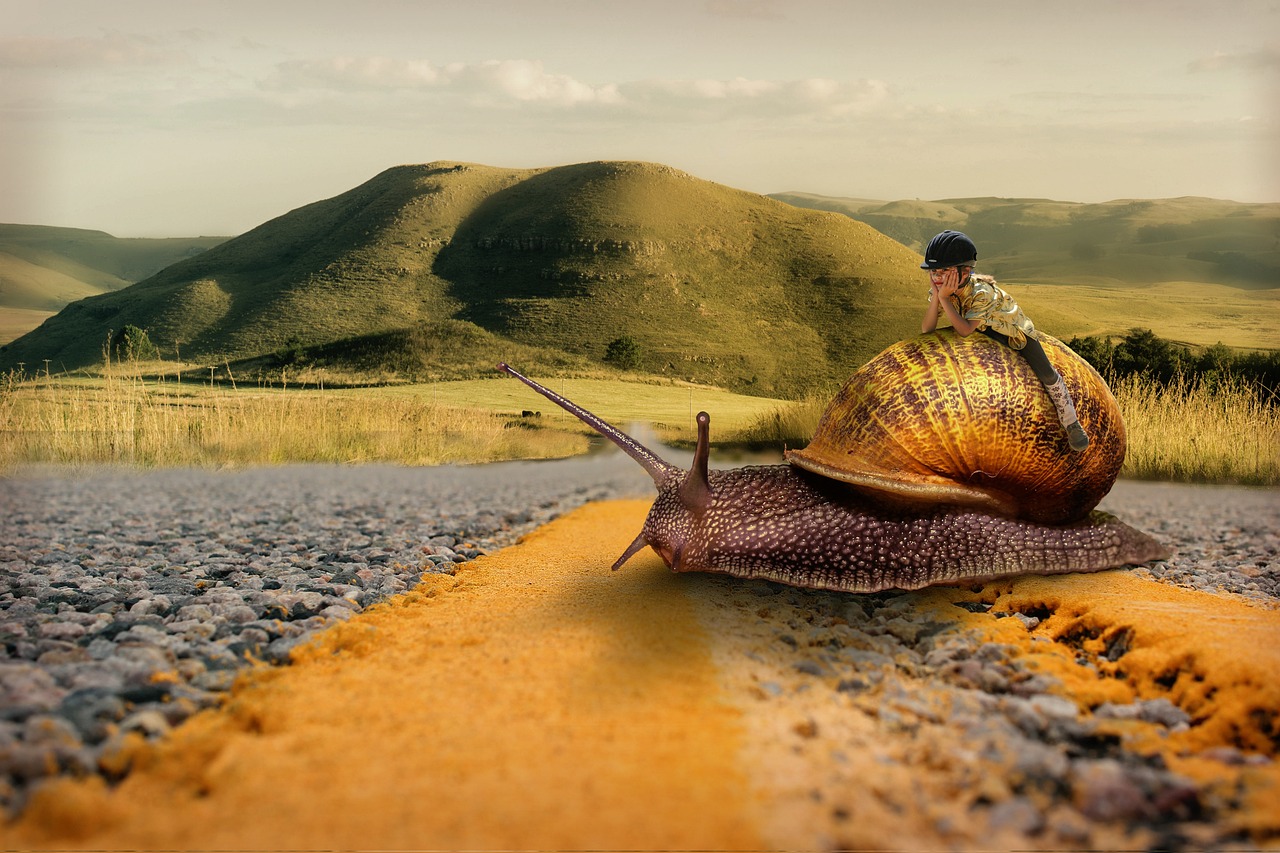
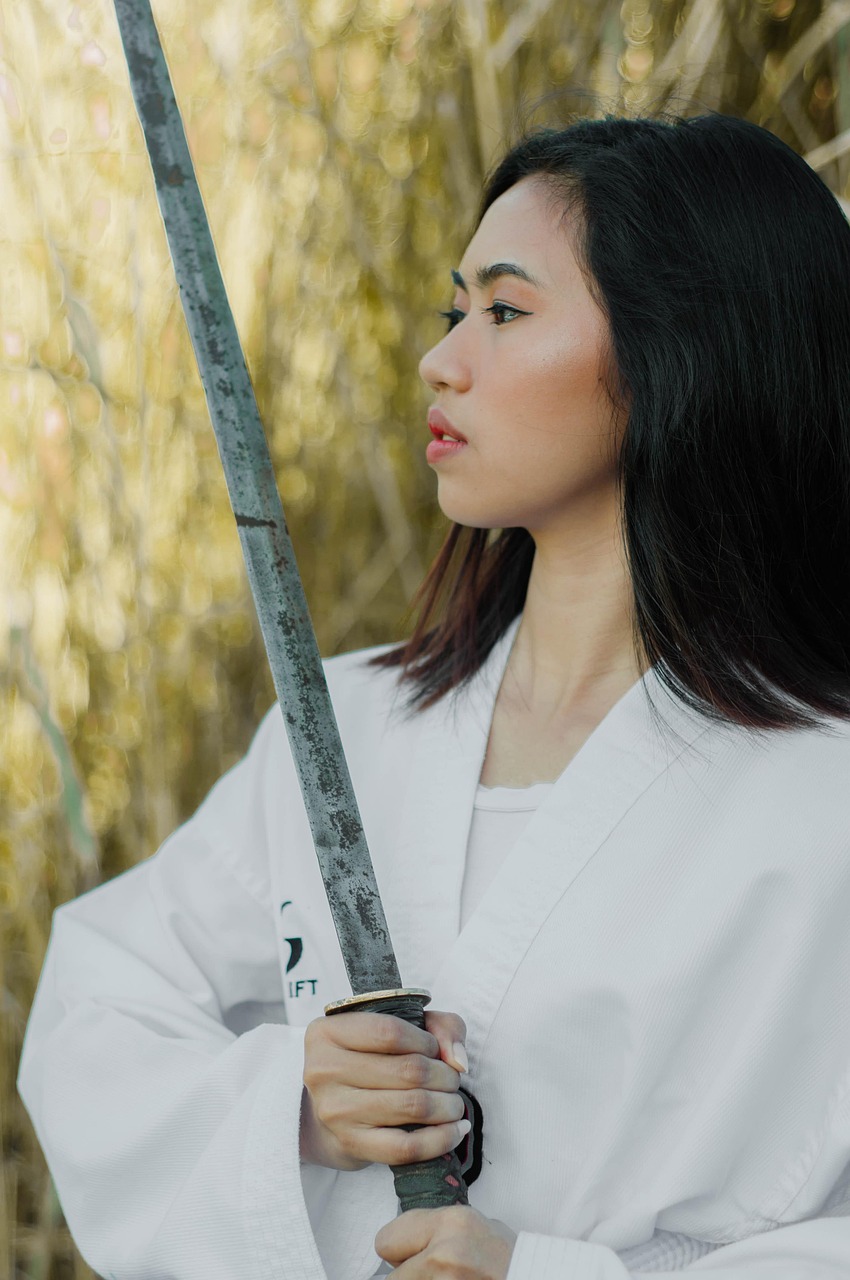
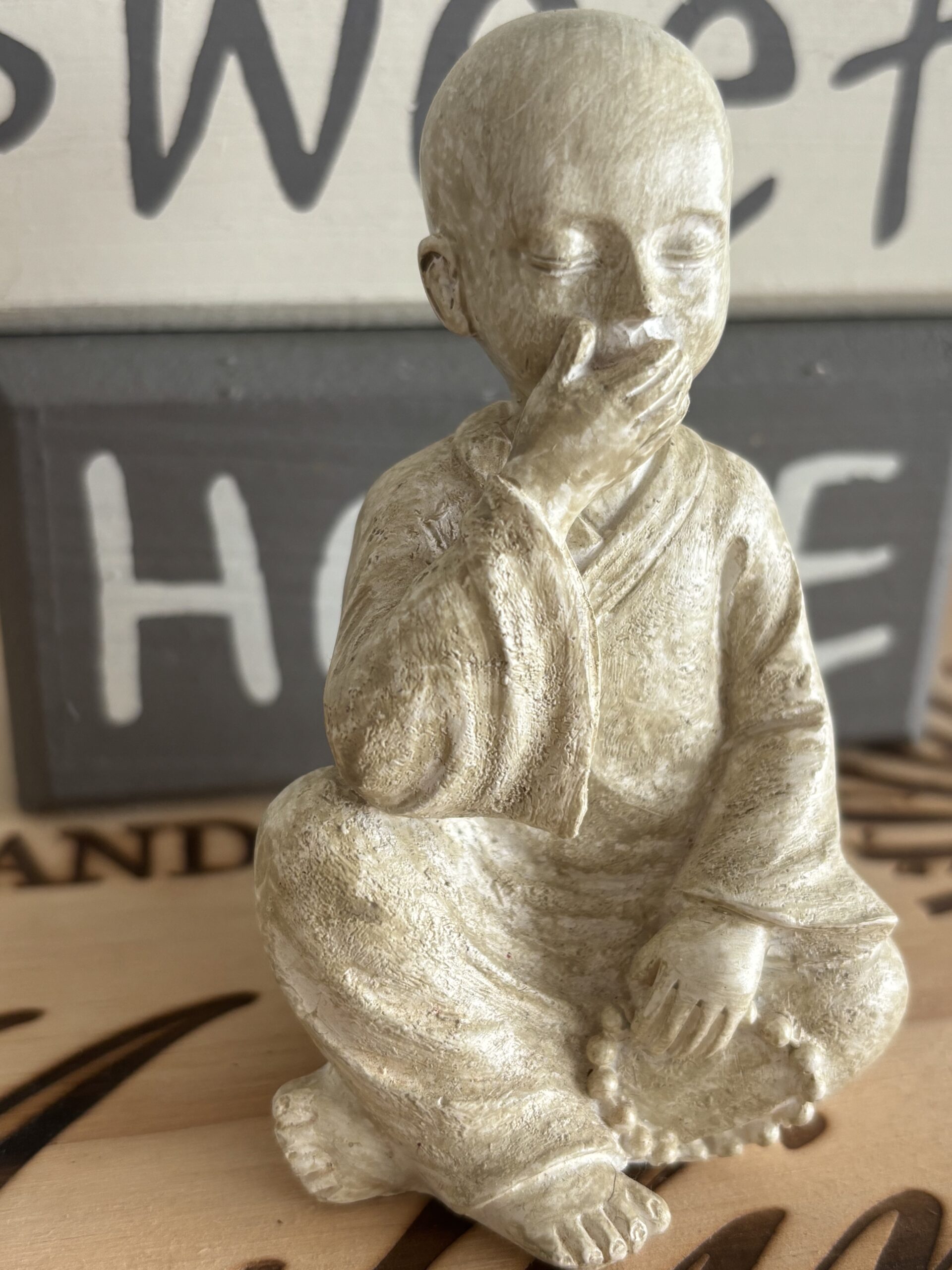
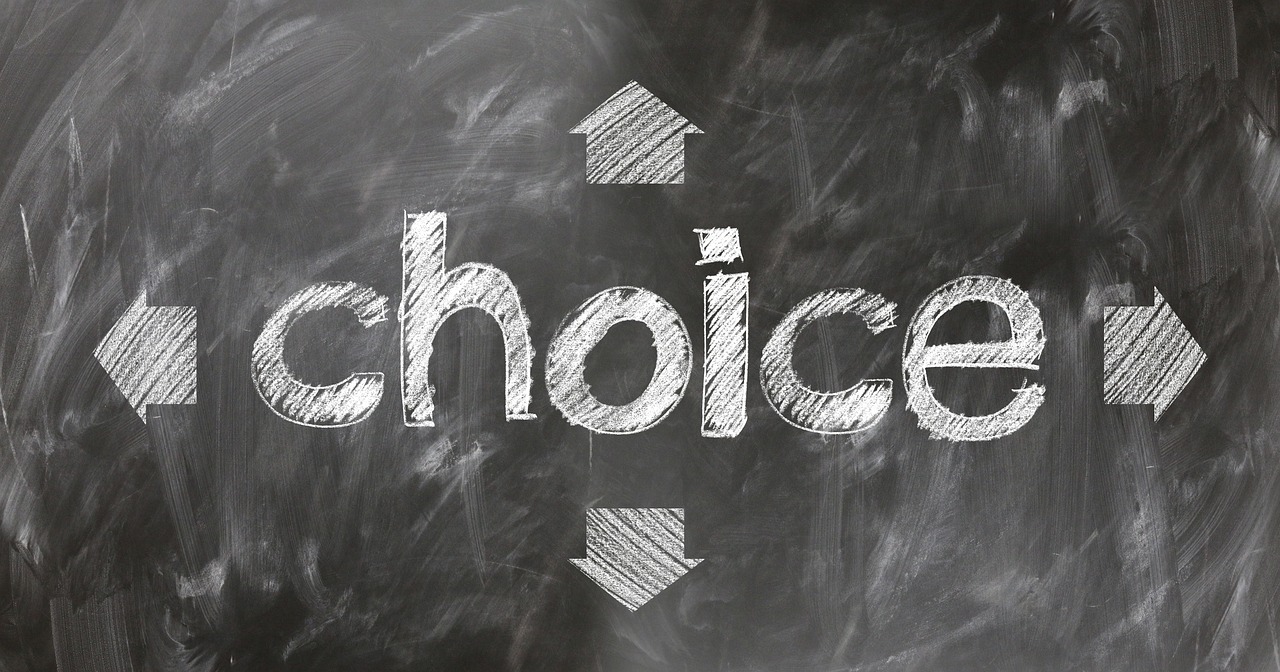
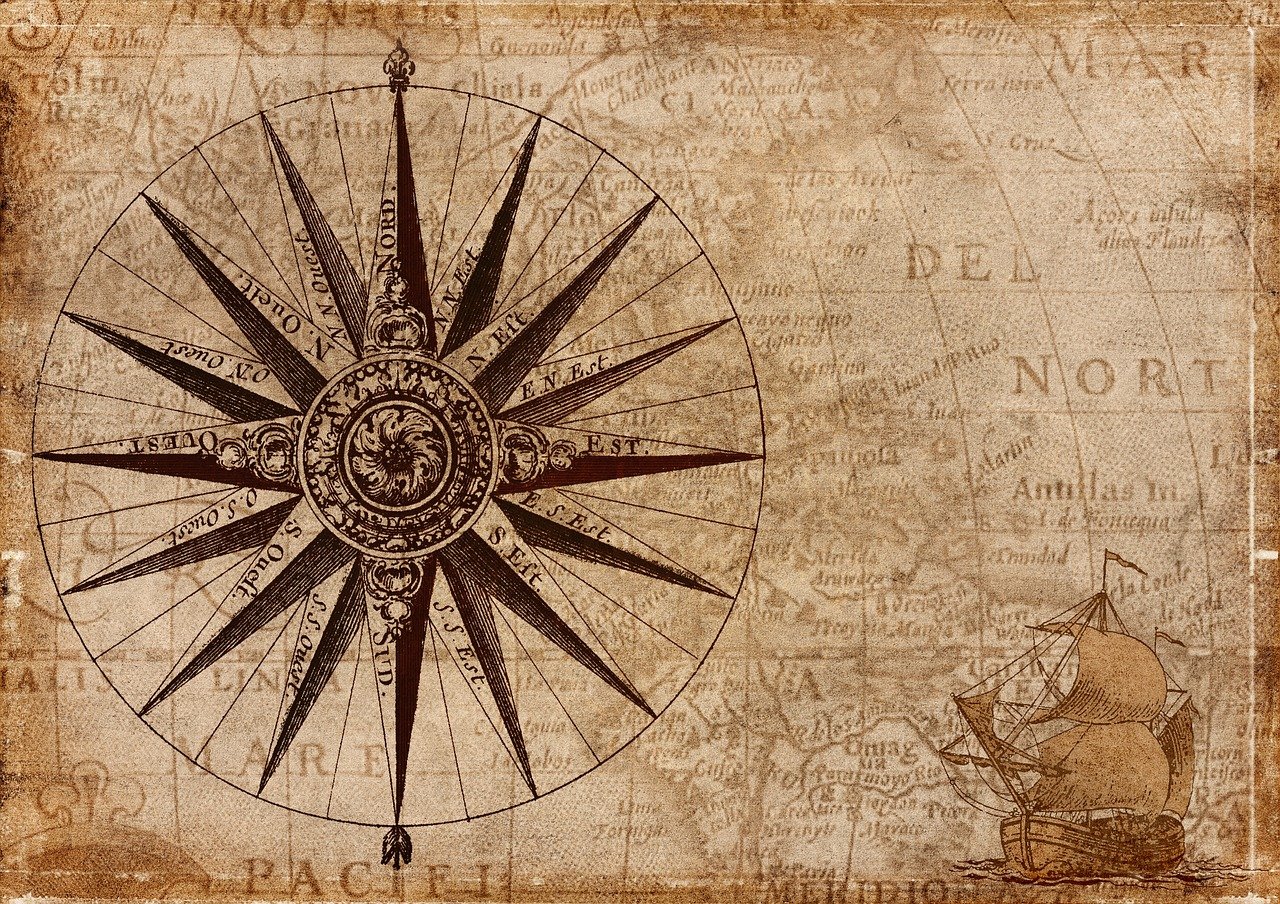
 With warmth, Be
With warmth, Be